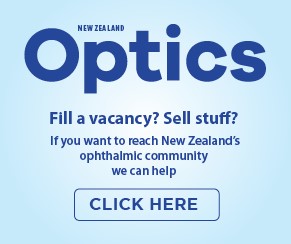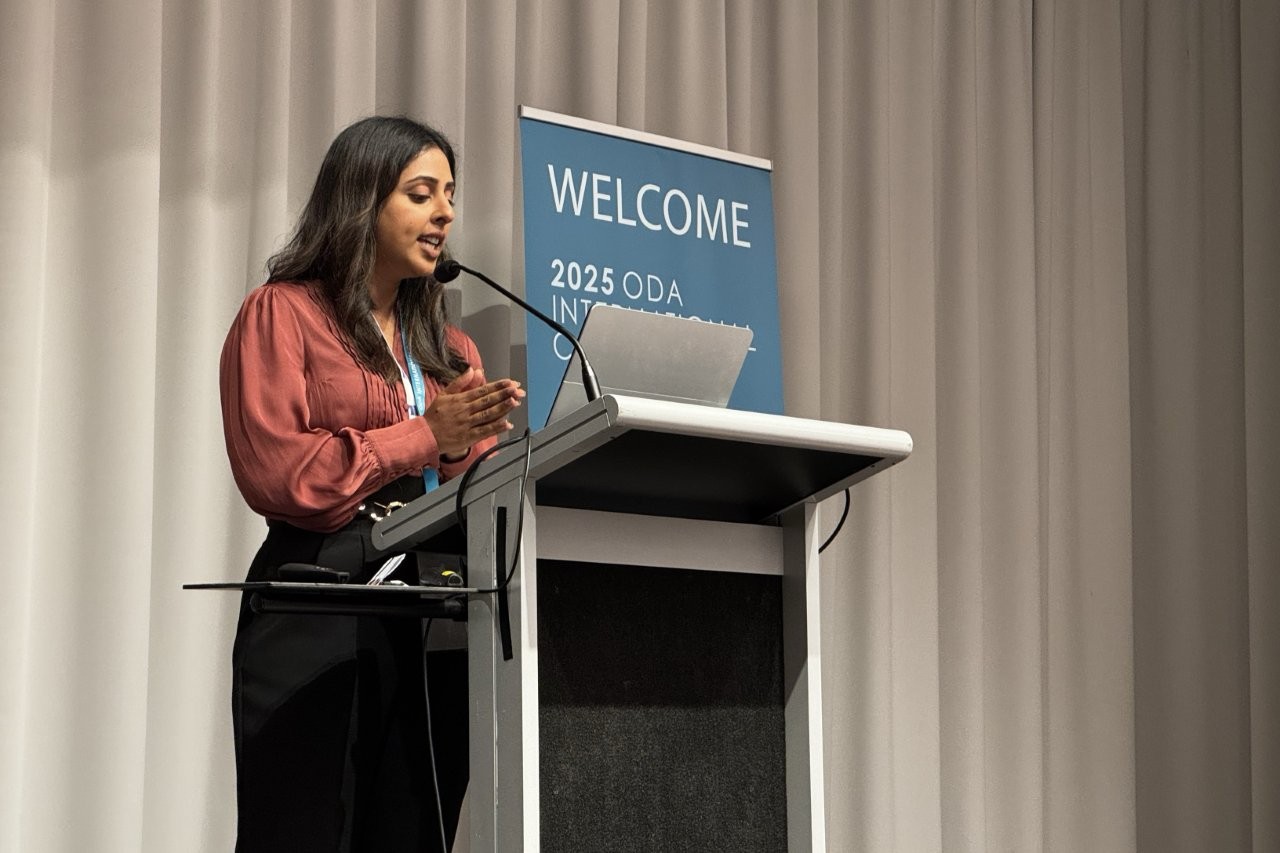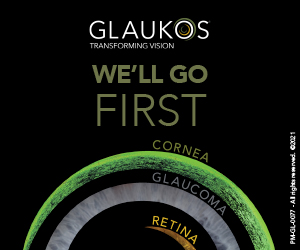Six-year data backs Stellest long-term efficacy
EssilorLuxottica has unveiled new six-year clinical data reinforcing the long-term efficacy of Essilor Stellest lenses in managing myopia progression and axial elongation in children and young adults.
The results showed that over six years, Stellest slowed myopia progression by 1.95 dioptres (57%) and axial elongation by 0.81mm (52%), compared to an extrapolated single-vision lens control group model based on data from the first two years of the clinical trial. The effect was sustained up to 19 years of age.
Moreover, a new study recently published in Ophthalmic and Physiological Optics complements the growing body of evidence on the efficacy of Essilor Stellest lenses, strengthening their role in slowing myopia progression.
Conducted in collaboration with Wenzhou Medical University, China, the study examined the protective impact of Essilor Stellest lenses on peripheral eye length and peripheral refraction in the third year of the clinical trial.
“Our new findings demonstrate that switching to or continuing to wear Essilor Stellest lenses not only slows central and temporal elongation of the eye but also positively affects peripheral eye length and refraction,” said co-author Dr Björn Drobe, director of Applied Myopia Research at EssilorLuxottica. “This, combined with our six-year clinical data and other recent studies, marks a significant step forward in understanding the full scope of how Essilor Stellest lenses manage myopia progression, further confirming their long-term efficacy."
























